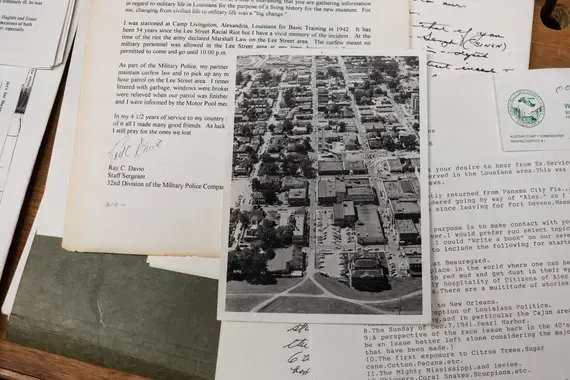Black soldiers milled about Lee Street, a busy thoroughfare in Alexandria, La. It was a Saturday night in January 1942. Beer, women and movies provided a respite from life in the segregated military camps outside of town. Upon being drafted, most Black GIs had been outfitted with picks and shovels, not rifles. The overt racism they encountered in the South only added insult to the injury. It would only take one spark for frustration to turn into anger.
It did that night when a white MP moved to arrest a rowdy Black soldier. When a mob formed, law enforcement officers answered by shooting into the crowd. "Bodies were stacked like cordwood," a man told his son on his deathbed. Local morticians would say they’d been ordered to embalm dead soldiers. And an anonymous letter would claim bodies were dumped in a mass grave. Some historians argue the Lee Street riot could be the bloodiest racial confrontation of WWII.
Why was it forgotten for so long? What can it tell us about the role oral history plays in remembering past racial events and the pitfalls that come with it? What can this event tell us about the disregard for Black lives and how it persists to this day?




